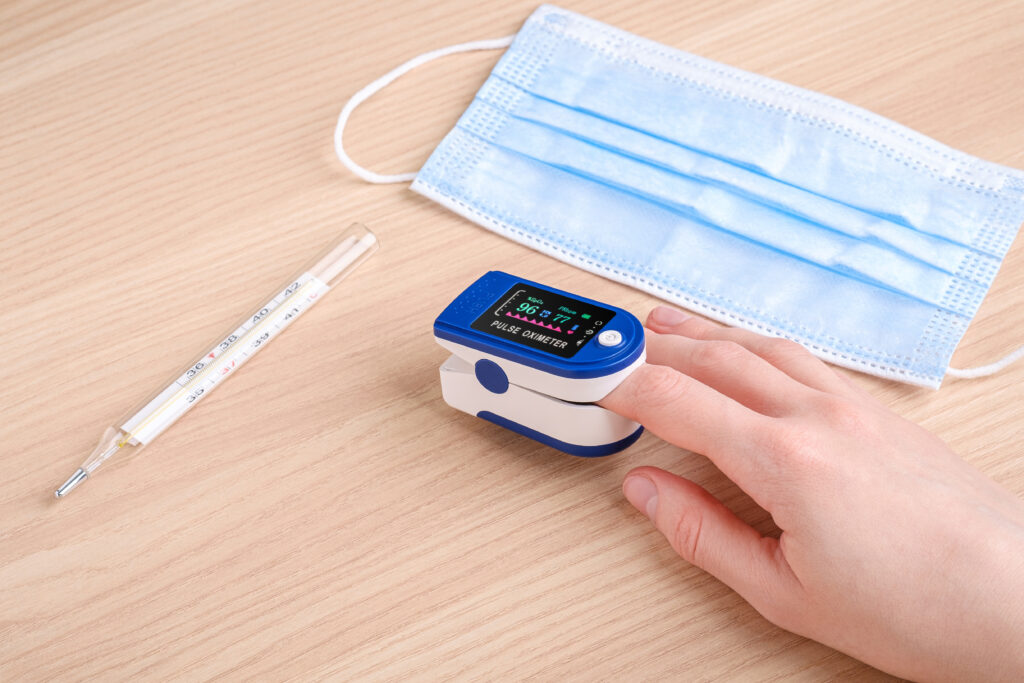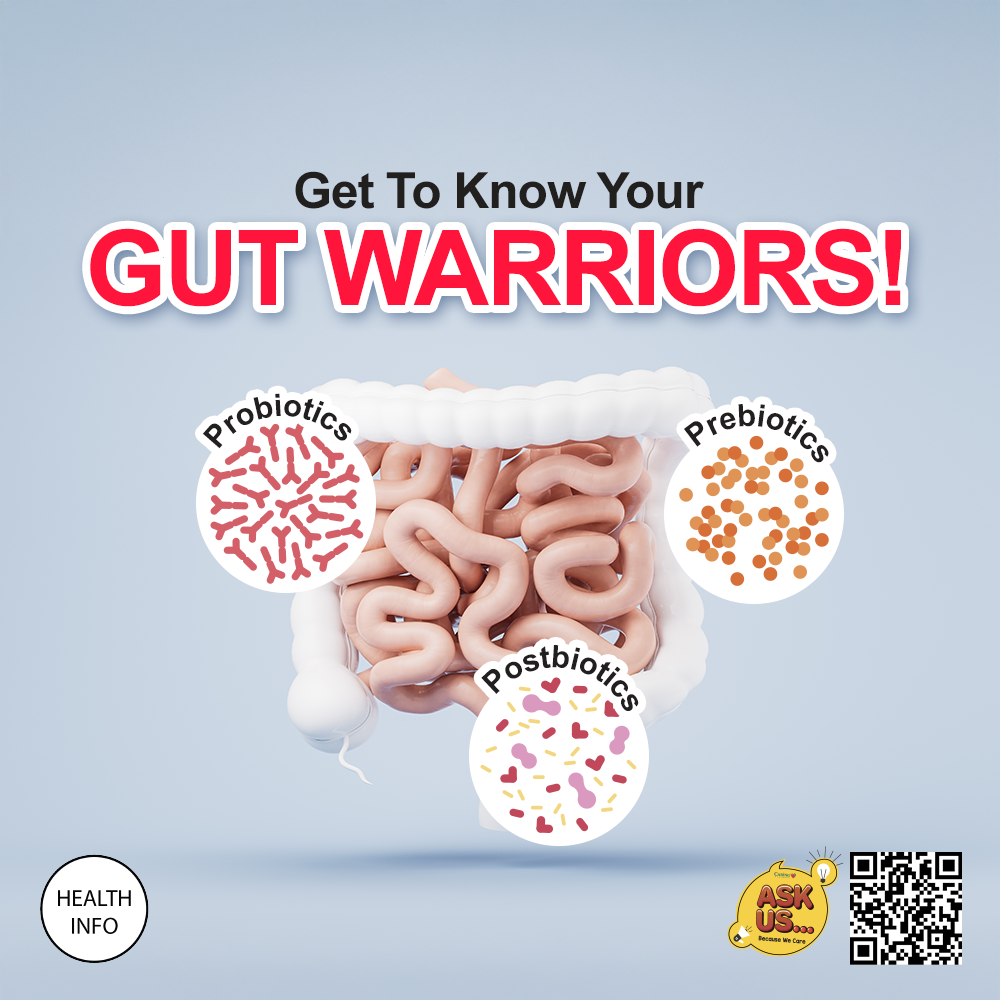- Home
- Health Center
- Health Info
- How Do We Explain ‘Happy’ Hypoxia?
COVID-19
How Do We Explain ‘Happy’ Hypoxia?


Hypoxia refers to very low oxygen levels in the blood. The normal oxygen saturation in the bloodstream of a healthy person is above 95%, but COVID-19 patients display dangerous declines of as less as 70%. 1
In serious cases of COVID-19, patients struggle to breathe (breathlessness), but early in the disease, low oxygen saturation isn’t always coupled with obvious respiratory difficulties. As a result, in the initial stages of sickness, the COVID-19 patient, on the outside, appears to be alright and ‘happy’. The medical term for this condition is Silent Hypoxemia. 2
How To Identify ‘Happy’ Hypoxia In Patients Who Have Mild Symptoms?2
Besides having the typical COVID-19 symptoms, if a person has happy hypoxia, they might experience:
- Change of the colour of lips from natural tone to blue
- Skin discolouration to red or purple tone
- Profuse sweating even when not doing arduous physical work
Even while portraying only minor symptoms of COVID-19, such as cough, sore throat, fever, headaches, without any perceivable breathing difficulty, it is advised to continuously measure blood oxygen levels using a pulse oximeter.
Do You Need a Pulse Oximeter At Home?3
The benefit is clear for patients (not hospitalised and undergoing self-quarantine) who have COVID-19 symptoms such as cough, fever, and shortness of breath to check their blood oxygen level. But for people who are young and healthy with no COVID-19 symptoms, owning one Pulse Oximeter at home may not be necessary.
COVID-19 patients are encouraged to regularly check their oxygen levels using an oximeter. If it drops below 95%, immediate medical oxygen is required as oxygen starvation can impact vital organs severely.
To know more about pulse oximetry, check out our previous articles:
1. What is Pulse Oximetry
2. Should I Get a Pulse Oximeter? A Pharmacist Guide
Reference:
- Martin J. Tobin, Franco Laghi, and Amal Jubran. Why COVID-19 Silent Hypoxemia Is Baffling to Physicians. Am J Respir Crit Care Med 2020; 202(3): 356-360 .
- Dhont, S., Derom, E., Van Braeckel, E. et al. The pathophysiology of ‘happy’ hypoxemia in COVID-19. Respir Res 21, 198 (2020). https://doi.org/10.1186/s12931-020-01462-5
- World Health Organization. Pulse Oximetry Training Manual. Switzerland: World Health Organization; 2021. https://www.who.int/patientsafety/safesurgery/pulse_oximetry/who_ps_pulse_oxymetry_training_manual_en.pdf (accessed 31st May 2021)
Latest Health Info
Healthy Weight, Happy Joints
How Does Weight Affect Knee Health? The Link Between Pounds And Pain Osteoarthritis (OA) involves the degeneration of joints, which ...
The Gut Warriors: Prebiotics, Probiotics and Postbiotics
When it comes to gut health, you’ve probably heard of prebiotics and probiotics. But did you know there’s also ...
Tip Moreh: Masa Berbuka Puasa
Moreh adalah tradisi unik yang biasanya diadakan selepas solat tarawih pada bulan Ramadan. Ia melibatkan penyediaan dan perkongsian makanan ringan ...



